ADHD burnout is not sudden. It develops in mute silence, frequently within the anticipated cycling of ordinary routine. The most difficult aspect of life is the daily routine of mundane but minor tasks to many individuals with ADHD. Get up, get through work, attempt to be organised, distract, control emotions, repeat. The very repetition becomes tiresome with time.
This experience is usually misinterpreted as a form of under motivation or inconsistency. As a matter of fact, it is a mirror image of the way the ADHD brain handles the stimulation, reward and executive effort. The nervous system starts to become exhausted when the current daily activities offer low novelty and high mental strain. This burnout that ensues resembles psychological heaviness, emotional exhaustion, and increasing inability to perform even the simplest activities.
This pattern can be explained by the brain science, which can eliminate self-blame. Burnout in ADHD is not an individual failure. It is a neurobiological reaction to the imbalanced needs, excessive stimulation, and lack of replenishment. This article defines why repetition has different impacts on the ADHD brain and how to address the repetitions patterns with the help of support habits, sensory strategies as well as brain friendly structures.
Why Repetition Hits Harder in ADHD
ADHD is not an attention disorder. It is a disorder that is based on the dopamine process, interest-based engagement, and the brain management of effort. These are influences in creating experiences of monotony, routine and daily repetition.
Dopamine and novelty
The brains affected by ADHD react to novelty in a very high way since the dopamine level increases when something is interesting, uncertain or something that causes emotional arousal. Monotony breeds the reverse action. They weaken reward signals and thus the effort becomes heavier. A task which is considered neutral to a neuro normal brain might be exhausting to an ADHD brain merely because it does not produce adequate internal stimulation.
Executive function effort
Executive energy is needed in planning, sequencing of actions, initiation of actions and alternating between tasks. Brains with ADHD use up more fuel on any of these processes. Each of the transitions during the day presupposes changing the mental states, refocusing, and regaining momentum. This struggle becomes even more complicated in a case when the tasks are repetitive.
Monotony and the stress response
When the nervous system perceives that it is trapped in the repetitive work that it cannot escape, it may elicit a faint threat reaction. This may manifest itself as irritability, evasion, emotional shut-out or mental fog. And it is not a weakness of the mind. It is a defensive mechanism that is developed as a result of overstimulation, unpredictability and exhaustion.
Emotional load
Most individuals with ADHD have the rejection sensitivity or internal pressure to perform well. In situations that are perceived as more difficult than they ought to be, there is augmented self-doubt. Monotony is confounded with sufficiency, which enhances burnout. Emotional regulation and cognitive effort are synonymous to an extent that emotional exhaustion is soon converted to cognitive exhaustion.
Related Tags -
Useful Strategies to Help an ADHD Brain.
The basic support of ADHD sustainability is the ability to comprehend the brain reaction to stimulation, strain, and security. The strategies allow to minimize burnout and enhance engagement.
Add diversity into repetition
Monotony cannot be avoided, however, its staleness can be diluted with minor sensory or physical changes. This can involve switching workspaces, light or sound notifications, modifying task sequence or micro-novelty by visual or auditory stimuli. It is aimed at maintaining the brain in a moderately stimulated state without overworking.
Reduce transitions
ADHD burnout is even greater when the brain is bound to perform tasks very fast. Combine similar activities in groups to minimize the amount of executive resets. Less transitions imply a smaller cognitive load and concentration.
Apply nervous system control
Burnout is not cognitive only and it is also physiological. The nervous system of ADHD is advantaged by the practices restoring the sense of inner safety. Stress patterns are disrupted with slow breathing, grounding, stretching or sensory resets. Such techniques alleviate stress on the work of the executive functions and restore emotional resources.
Allow yourself to take a break.
An ADHD brain needs rest and renewed interest as its way to recovery, rather than to be constantly pressured. Energy can be replenished by short breaks, breaks which are based on interest, or moments of novelty. When it is done deliberately, then pausing is not procrastination. It is a form of regulation.
Engaging tools of sensory support.
When used correctly, light and sound stimulation can be useful in re-setting the focus, breaking the monotony and getting the brain going again. The concept of neuroVIZR in applying sensory-based variability correlates with the response of the ADHD brain to stimulation. It provides a non-invasive method of re-interested interest circuits, de-stimulation of overstimulation, and injecting new life into the monotonous routine.
The impact of this understanding on the relationship with ADHD
The neuroscience perspective of ADHD burnout is different. Rather than perceiving the inability to repeat something as a personal weakness, it becomes more manageable to understand that it is simply a predictable pattern of the brain that can be managed. It is this change that brings about increased self-benevolence and allows the room to develop strategies that will promote actual needs as opposed to unrealistic expectations.
Daily repetition is less exhausting when the nervous system perceives itself to be in balance, in situations where novelty is administered in low doses and when changes are slowed down. There is greater stability in the performance of the brain and the emotional burden is reduced. This enables routines to be made possible rather than overwhelming.
Conclusion
The cause of ADHD burnout is repetitive, low stimulation work, which requires intense executive processing. This relationship is made clear and is relieving. Daily repetition is easier and less exhausting with the help of the right environmental stimuli, sensorial support and strategies on the nervous system.
Helping the ADHD brain does not mean to make it focus. It is concerning the establishment of circumstances in which engagement, safety and stimulation are possible. This principle is reflected in the sensory-based approach of neuroVIZR, which provides the tools that can help to restore energy and rhythm in the manner, which seems natural to the brain.
FAQs
1. What is ADHD burnout?
ADHD burnout is a state of physical, emotional, and cognitive exhaustion that happens when the brain is overwhelmed by constant task-switching, daily demands, and repetitive responsibilities. It results in mental fatigue, irritability, and reduced productivity.
2. Why does daily repetition feel harder for people with ADHD?
Daily repetition can feel mentally heavier for individuals with ADHD because the brain craves novelty and stimulation. Routine tasks provide low dopamine rewards, making them feel draining, monotonous, and harder to sustain consistently.
3. How is ADHD burnout different from regular burnout?
Regular burnout develops slowly due to chronic stress, while ADHD burnout is intensified by executive dysfunction, emotional regulation challenges, and dopamine imbalance. People with ADHD often experience faster energy depletion and stronger cycles of fatigue.
4. Can ADHD burnout affect physical health?
Yes, ADHD burnout can impact physical health through chronic fatigue, disrupted sleep, headaches, muscle tension, appetite changes, and weakened stress tolerance. Long-term burnout may also lead to immune system imbalance.
Disclaimer
This article is for informational purposes only and does not replace professional medical advice, diagnosis, or treatment. Always consult a qualified healthcare provider for guidance regarding ADHD or mental health concerns.
Content References:
• General ADHD research on executive dysfunction and dopamine regulation
• Burnout and cognitive fatigue psychology frameworks
• Behavioural science studies on habit formation and repetition
• Principles of sensory-based neural stimulation

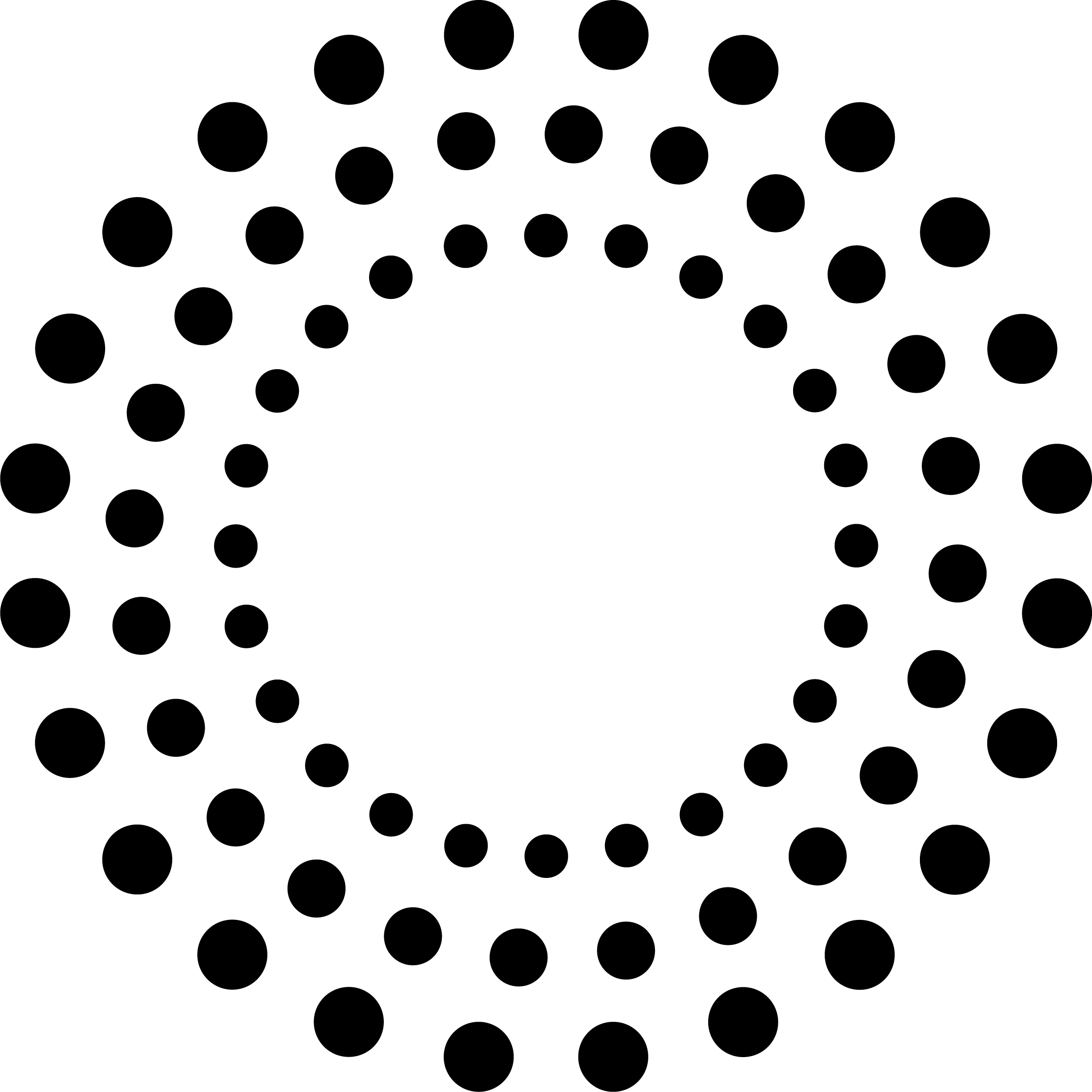

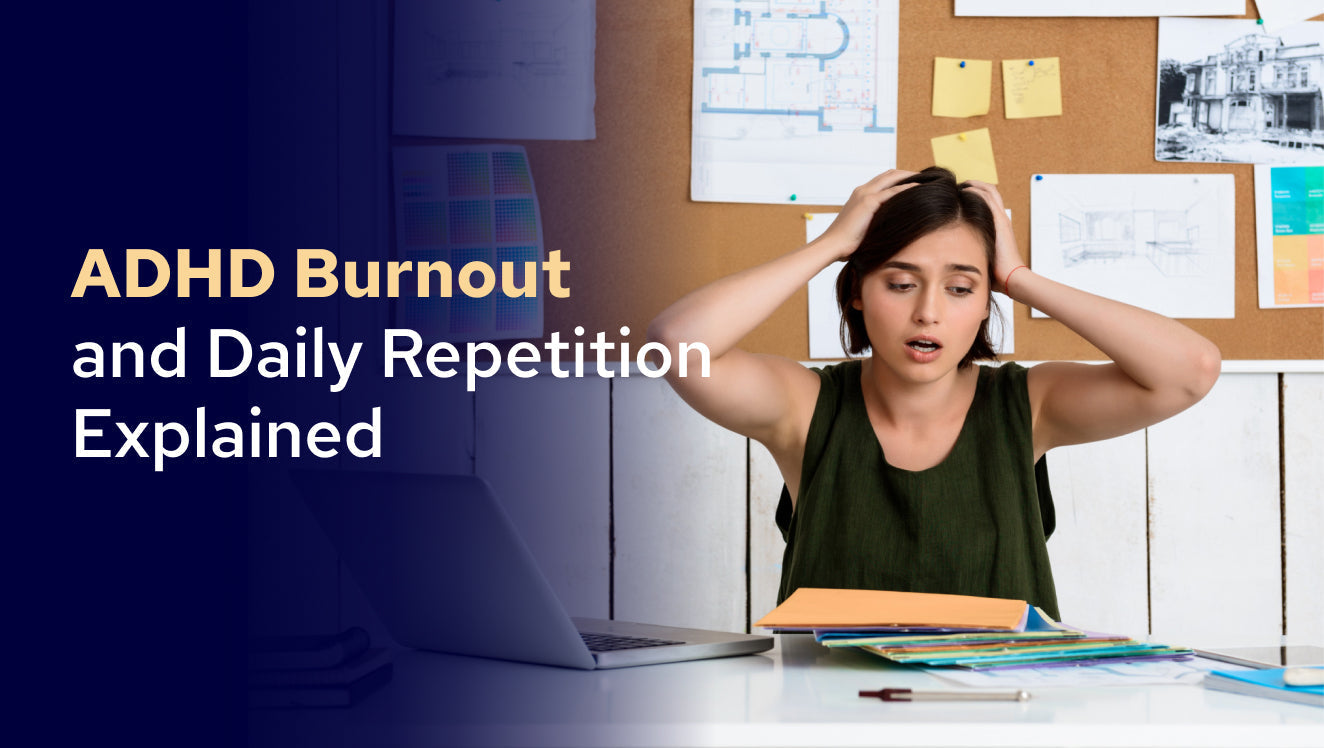






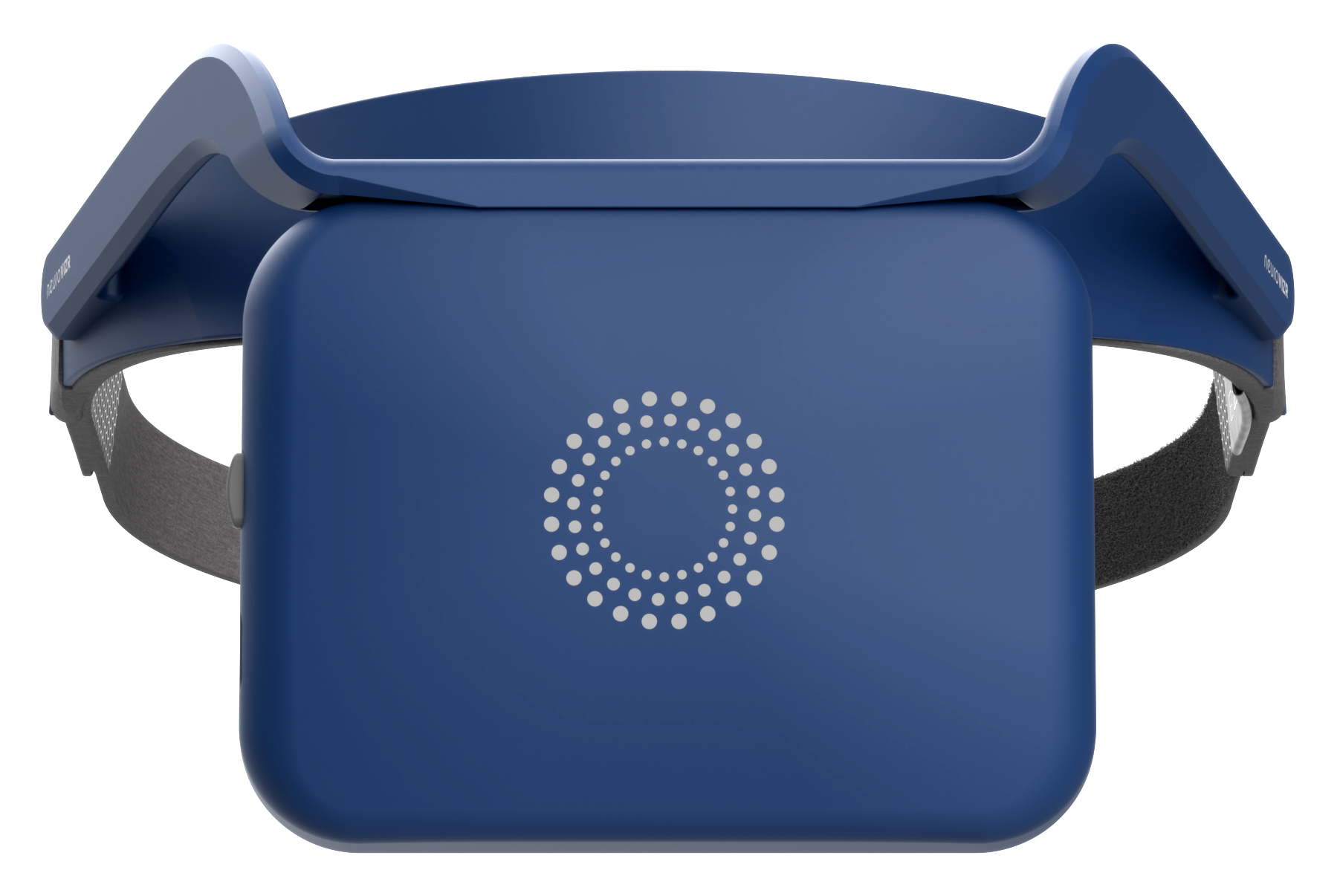


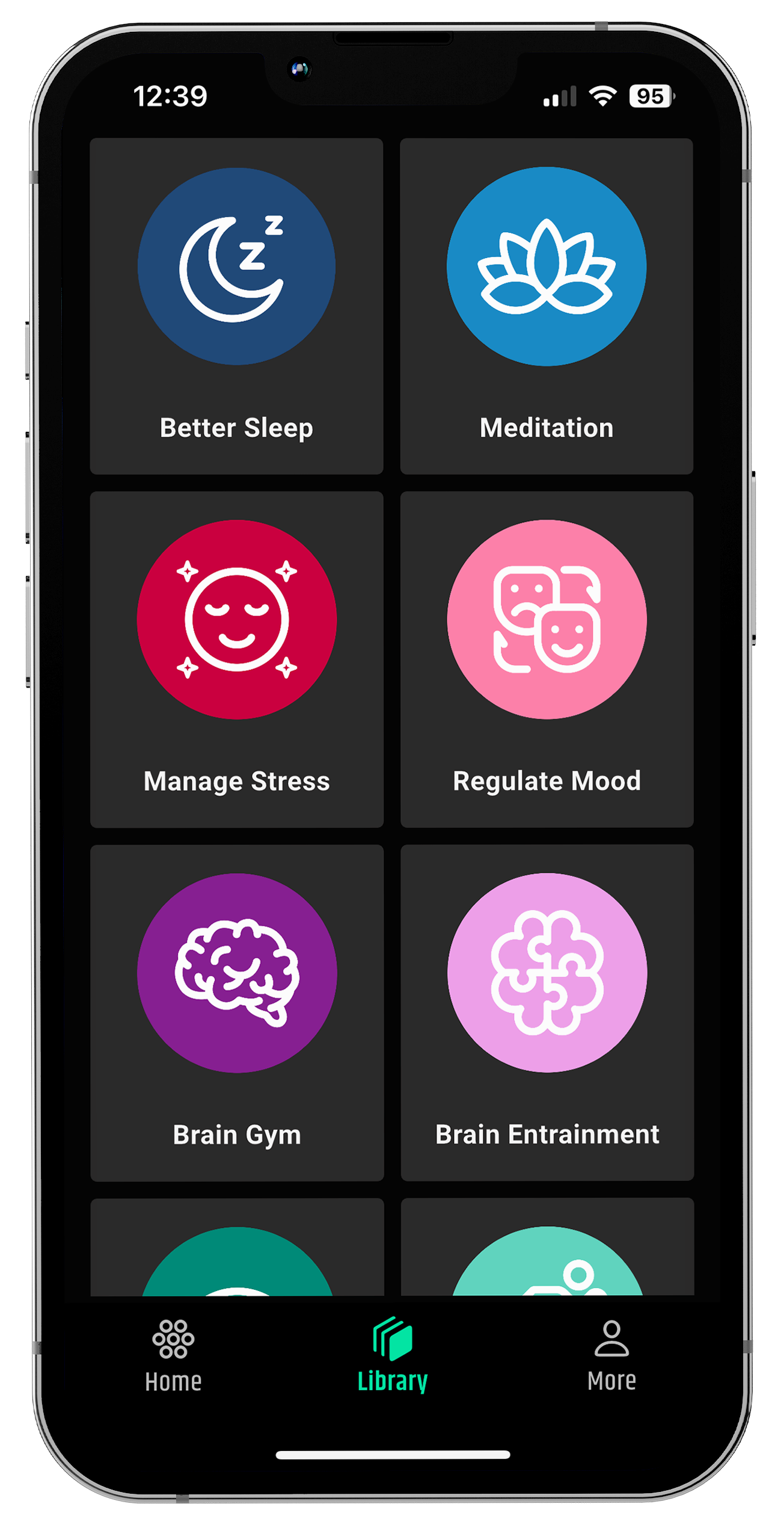
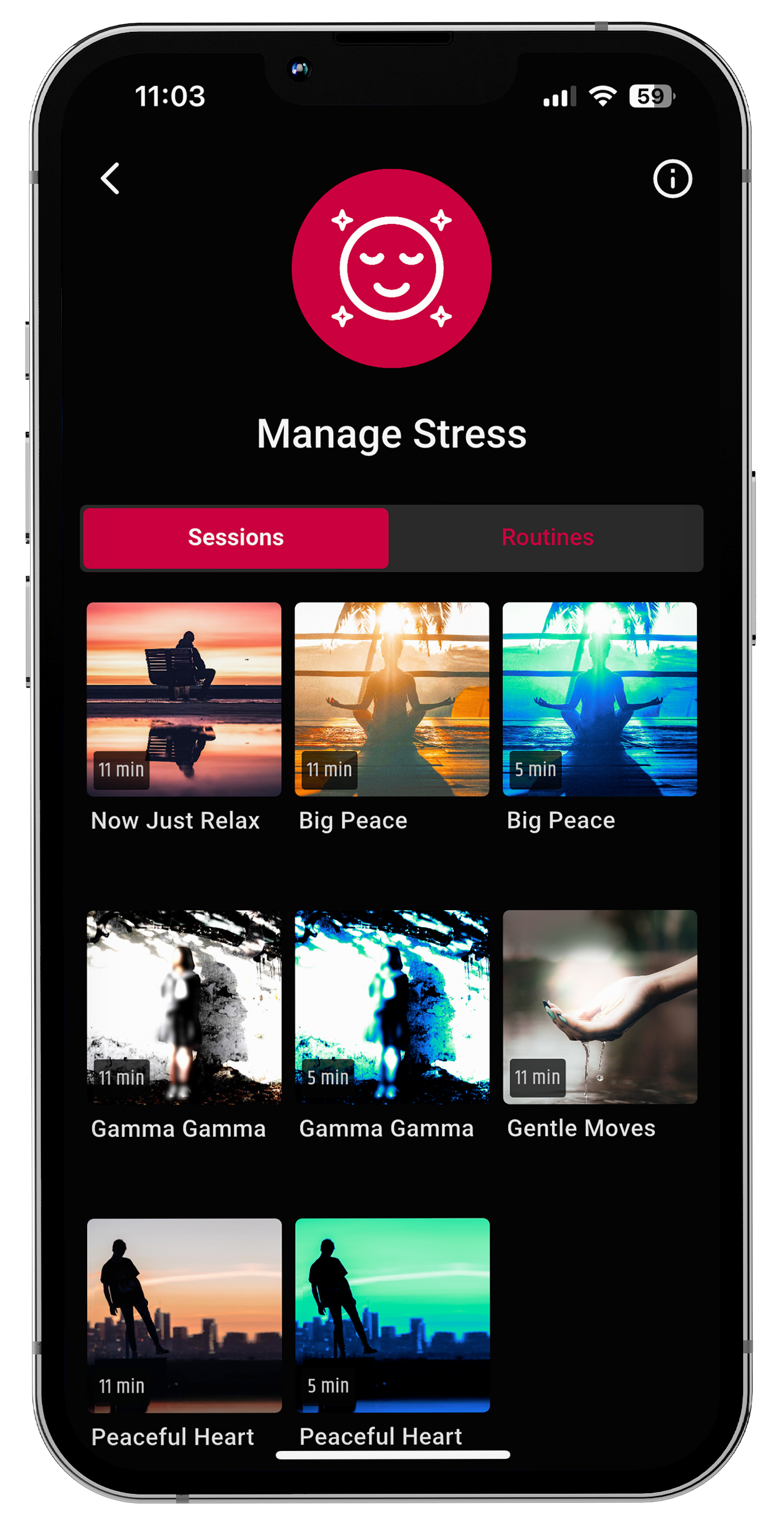
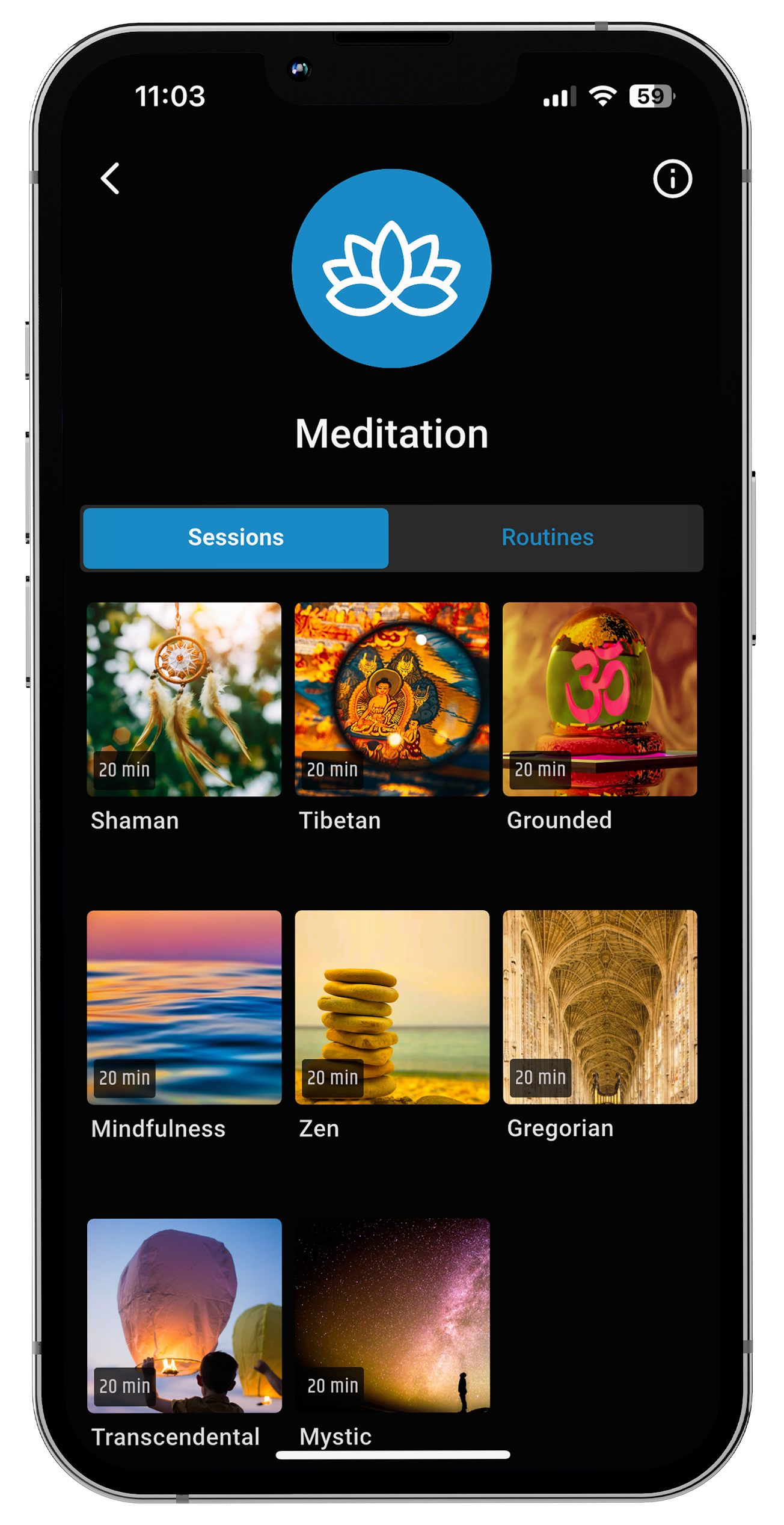
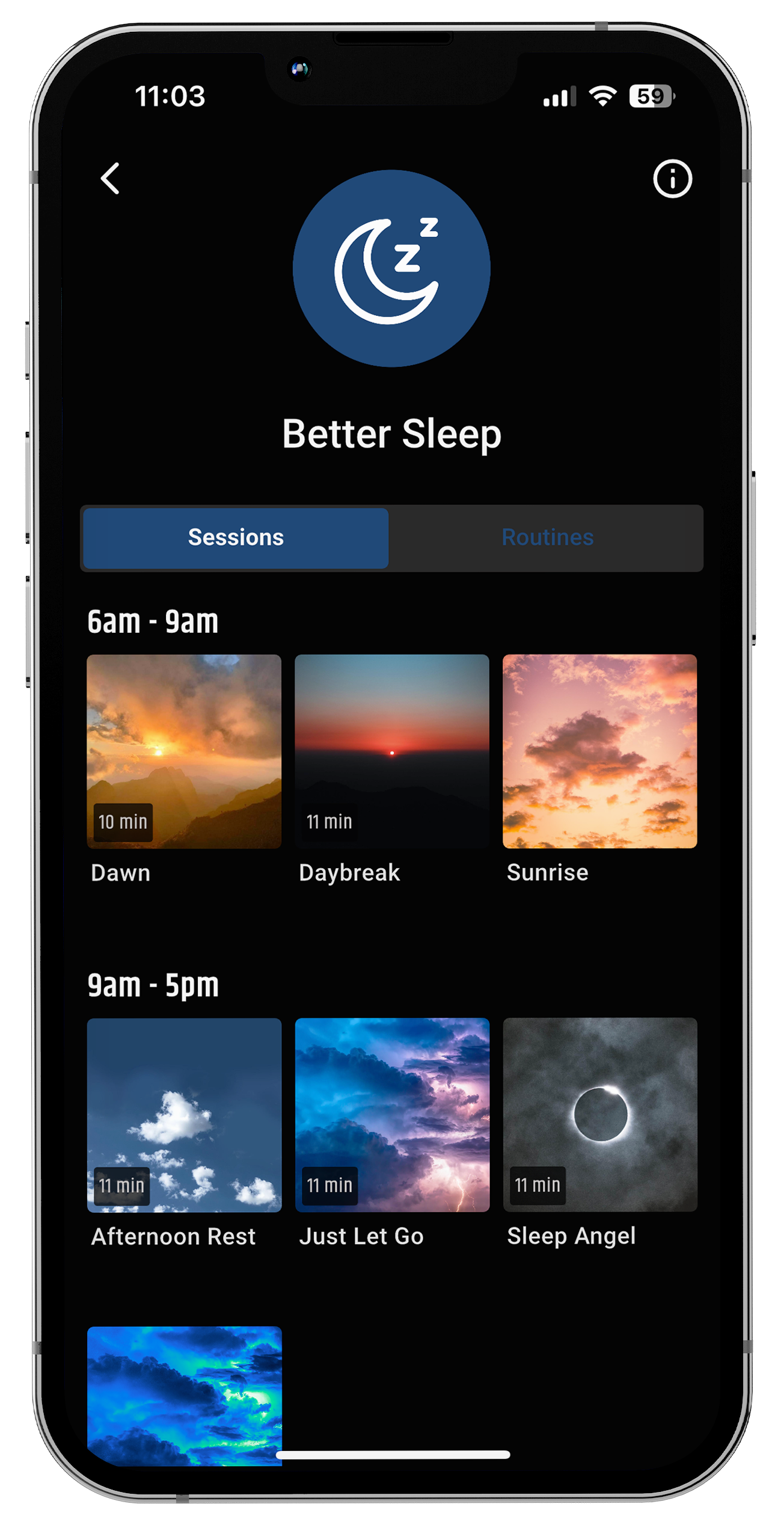
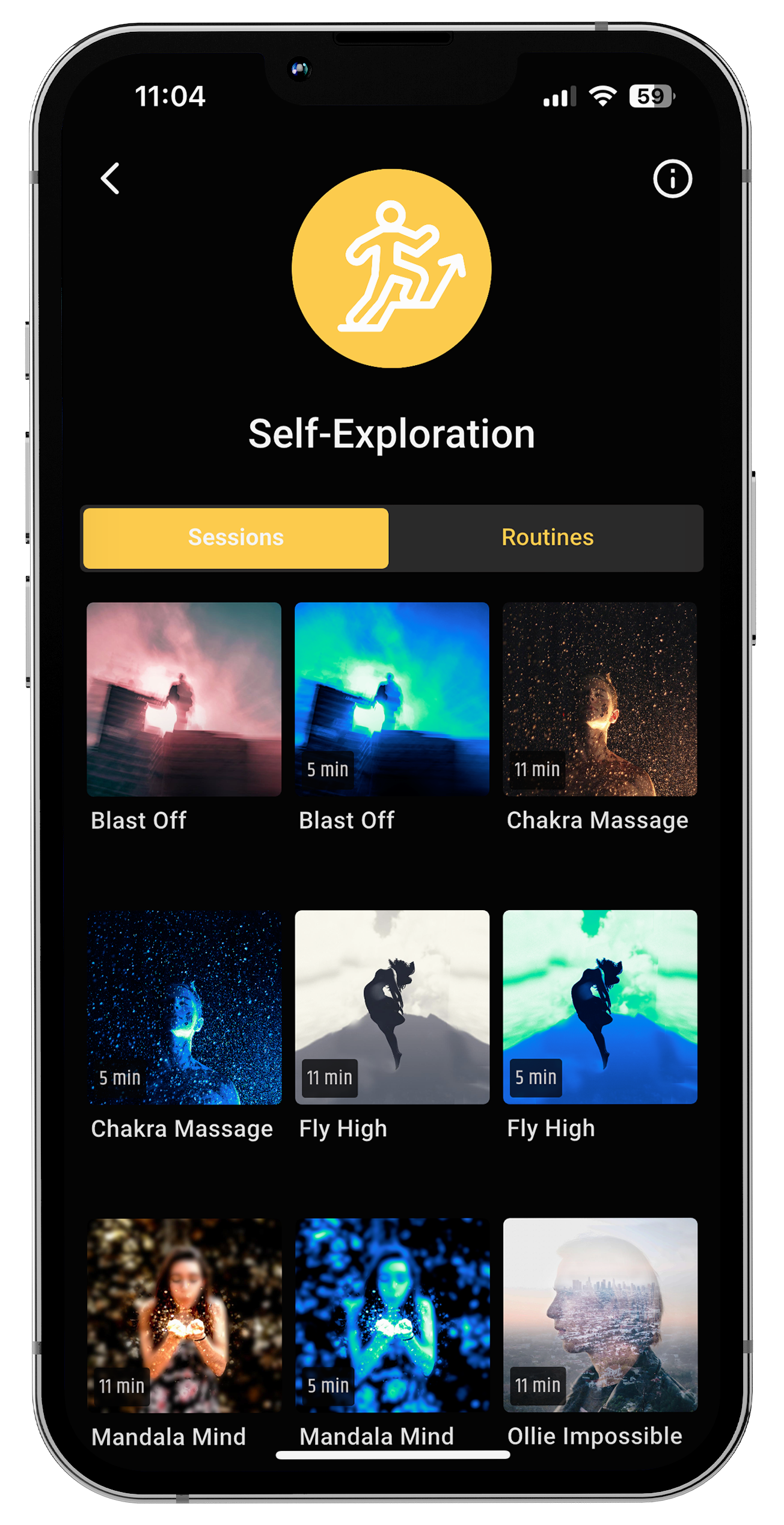



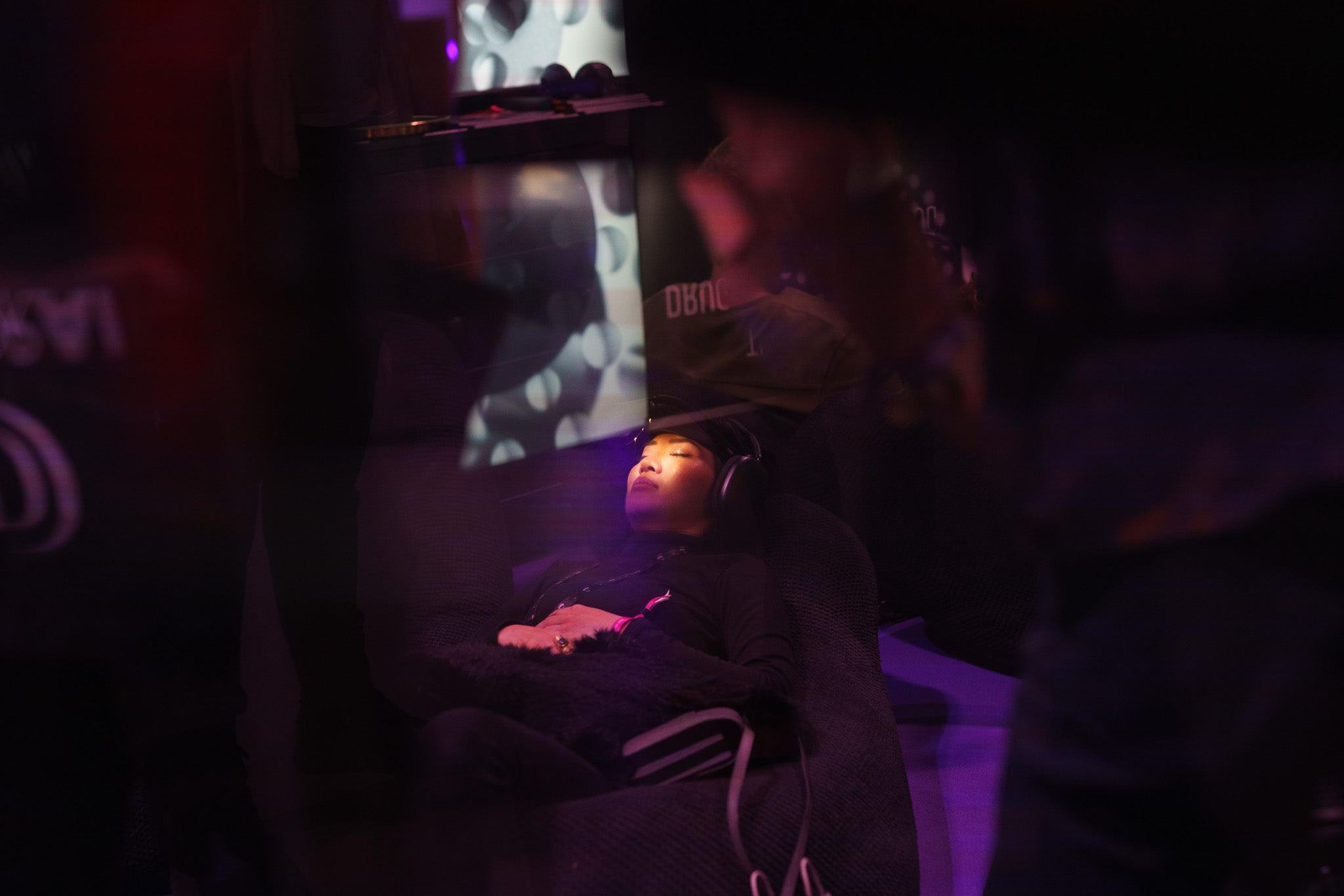




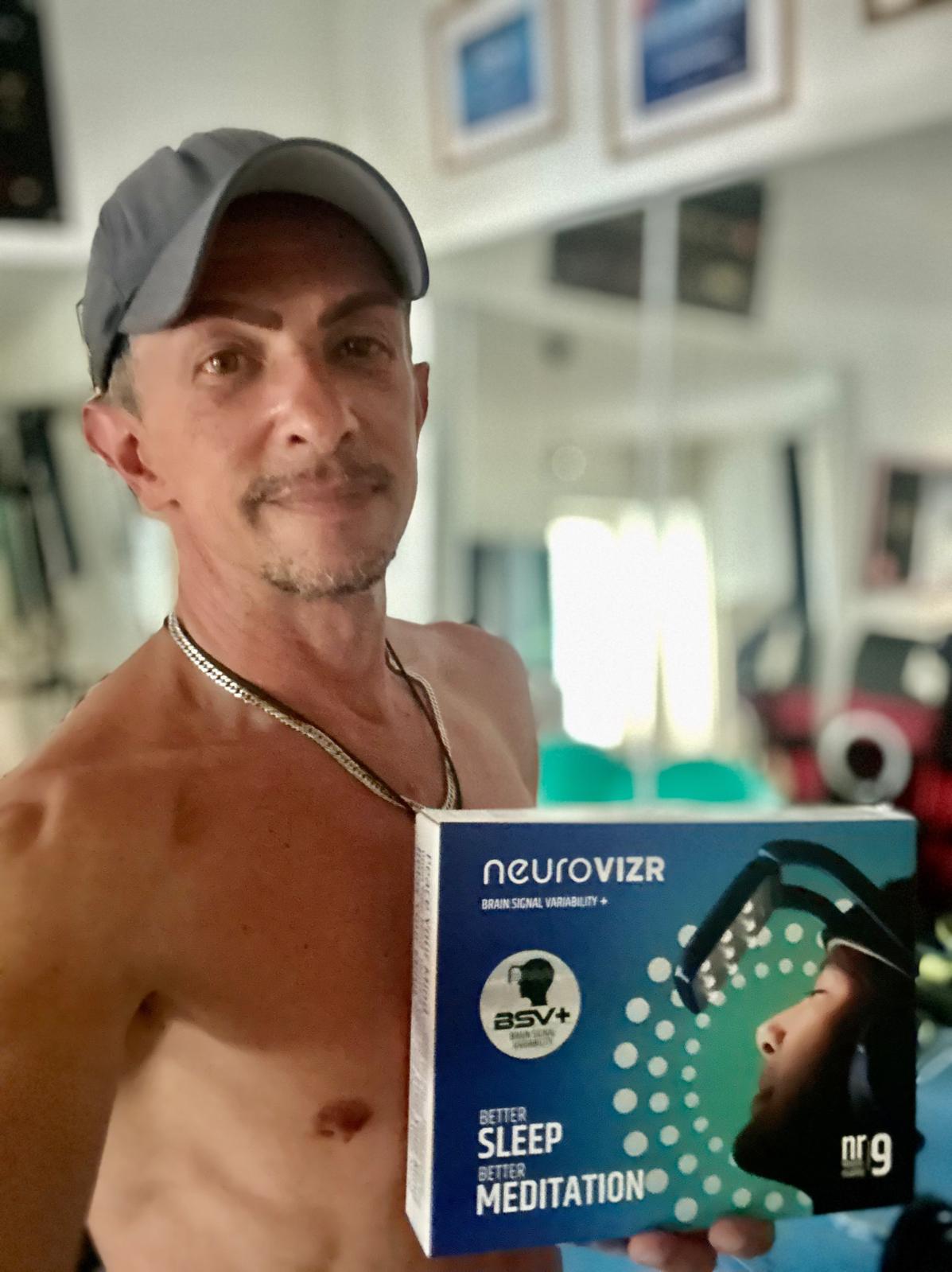
Share:
What are the 17 Symptoms of Complex PTSD
Limbic Attention Deficit Disorder: What the Theory Suggests and What Science Currently Supports